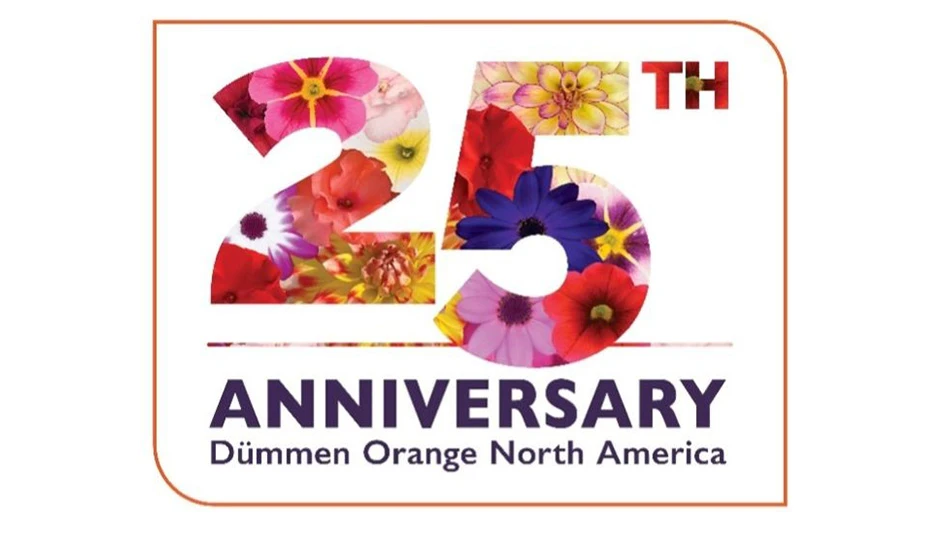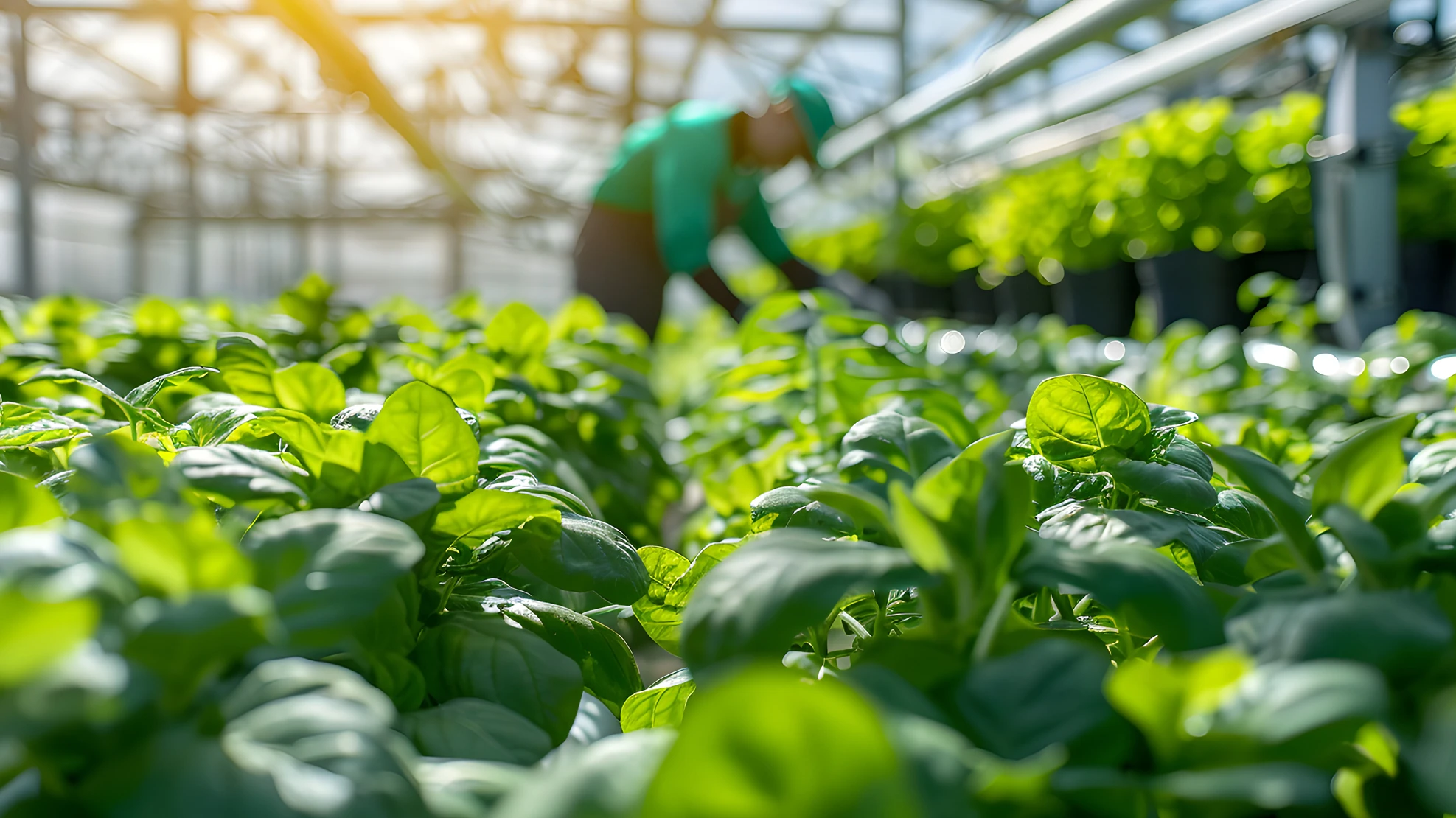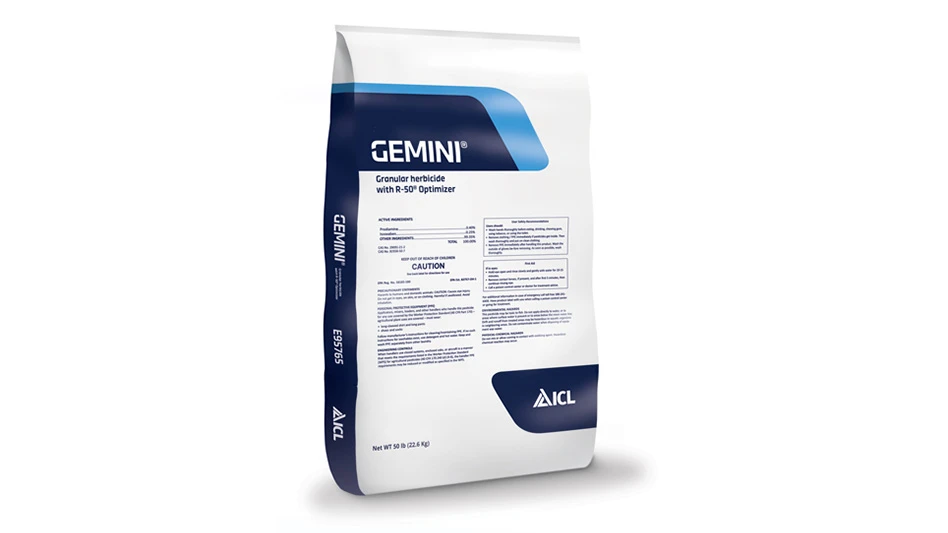|
“Everything that we ship is a living product. That helps to extend the shelf life of our product three to four times longer than a similar cut product,” David said. “When a product like basil is cut, there is a shelf life to that product. Our basil is a living product. Once it is removed from the bag, the basil can be stored in water for at least a week to lengthen its shelf life.” Basil accounts for 65 percent of the company’s sales. It is sold to supermarkets including Whole Foods, Central Market and HEB. The other lettuces and greens account for 25 percent of sales and heirloom tomatoes make up 10 percent. The lettuces, greens and tomatoes are sold primarily to food service companies in the San Antonio, Austin and Houston areas. Tomato sales are expected to increase this year as production is expanded in a recently purchased 35,000-square-foot facility, which is located in Marion, Texas. The tomato greenhouses will be operated as a separate company called Colorburst. About 50 different heirloom tomato varieties are being produced. Anderson chose not to grow any hybrid tomatoes because those varieties are readily available to consumers and restaurants. Anderson said it has been a challenge to grow the tomatoes year-round since greenhouse tomatoes are traditionally not grown during hot and cold weather. Based on the success and demand for the squash blossoms, production has been expanded to 600 plants. The company will also be growing specialty bell peppers and eggplant.
|
WANT MORE?
Enter your email to receive our newsletters.

Explore the March 2011 Issue
Check out more from this issue and find your next story to read.
Latest from Greenhouse Management
- Flexible fungicides
- Super Charged Moon Juice from Moon Valley Nurseries now available nationally
- 2025 Proven Winners Horticulture Scholarship applications now open
- How to improve inventory and shipping management in the greenhouse
- Leading Women of Horticulture: Anna Ball, Ball Hort, and Terri McEnaney, Bailey Nurseries
- GM CEA HERB Part 2: A guide to increasing the sowing density of culinary herbs
- GM CEA HERB Part 1: Best practices for producing culinary herbs in controlled environments
- USDA fires experts on invasive pests, including Asian citrus psyllid, chilli thrips
 When David and Catherine Anderson, owners of Bluebonnet Hydroponic Produce Inc., in Schertz, Texas, tell potential customers their hydroponically grown produce is fresh, they’re not exaggerating. The company’s lettuces, basil, arugula, watercress and microgreens are delivered in plastic bags with the roots still attached.
When David and Catherine Anderson, owners of Bluebonnet Hydroponic Produce Inc., in Schertz, Texas, tell potential customers their hydroponically grown produce is fresh, they’re not exaggerating. The company’s lettuces, basil, arugula, watercress and microgreens are delivered in plastic bags with the roots still attached.




